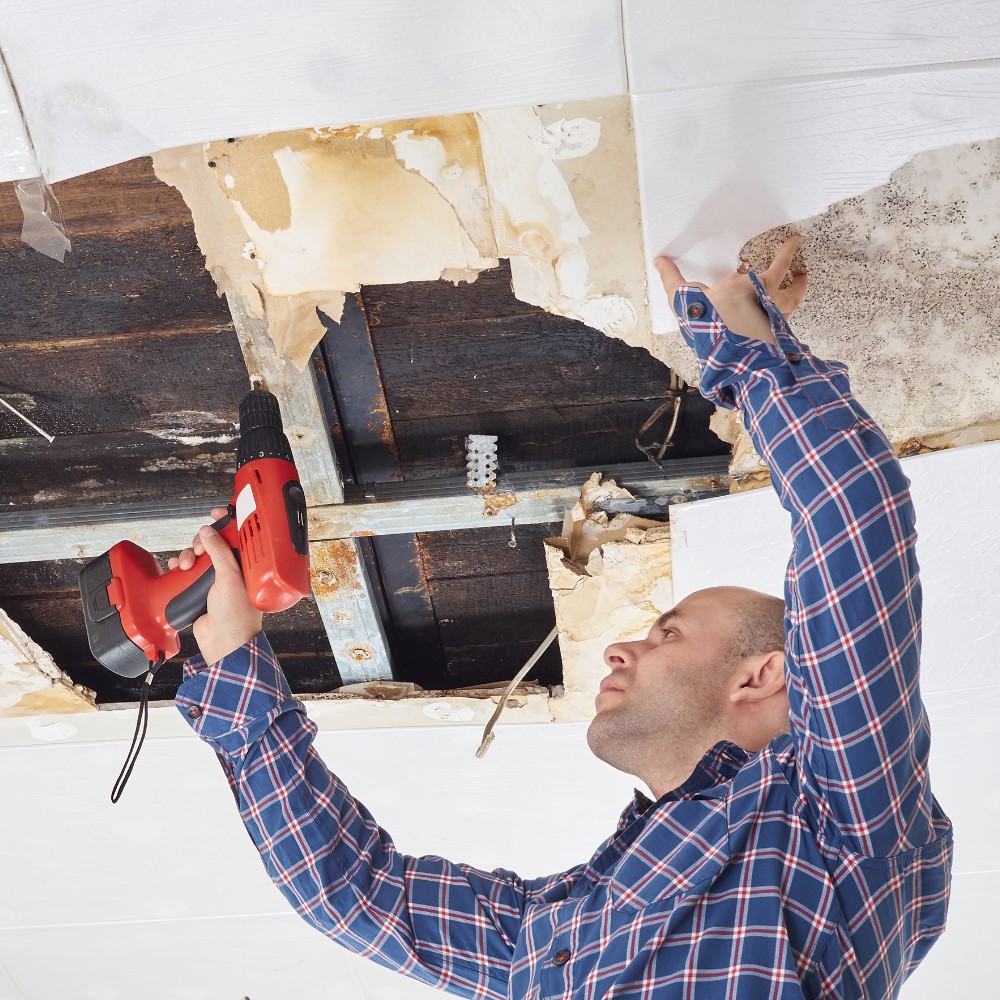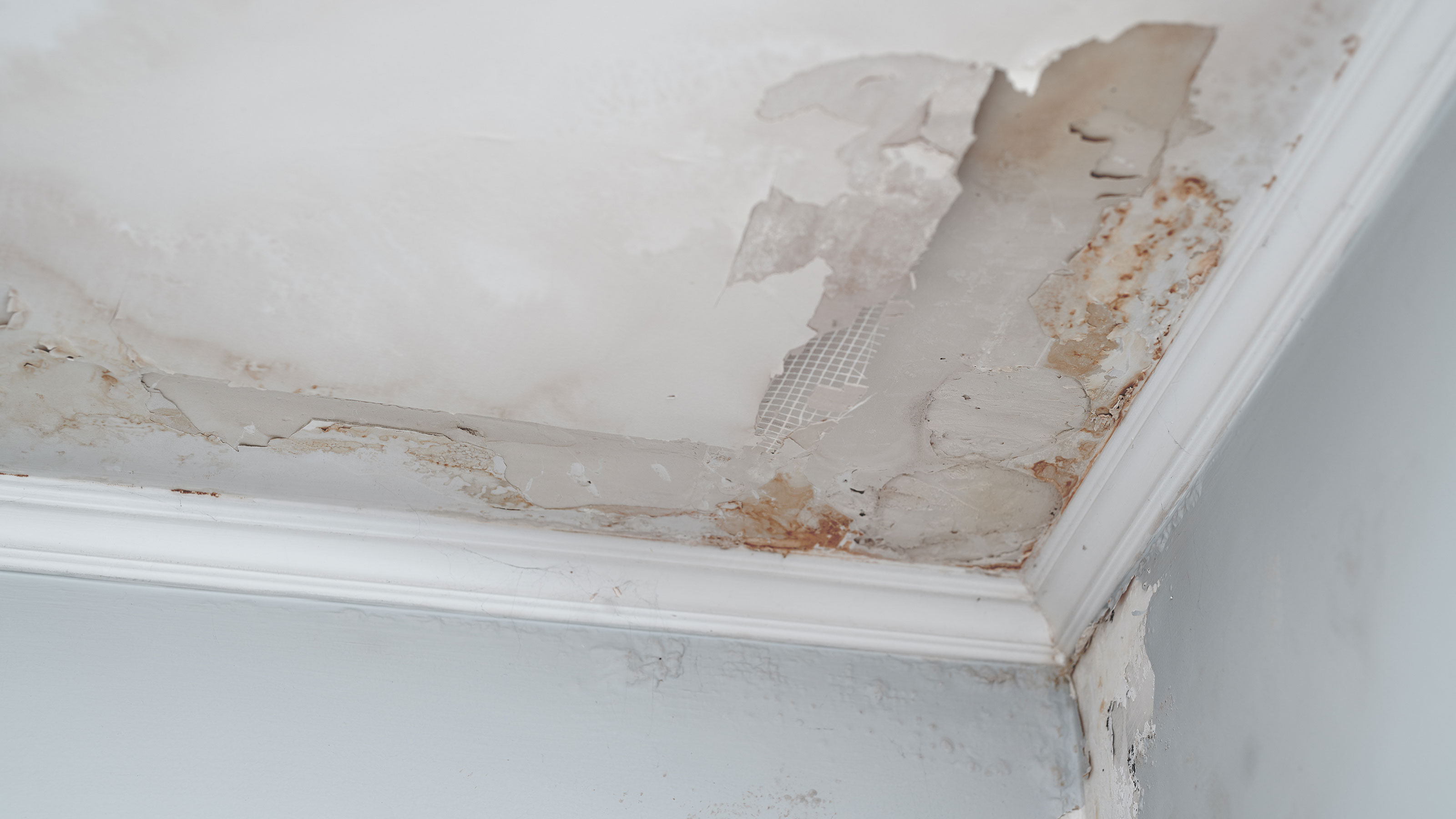The Refine of Water Damages Cleanup: Guaranteeing Your Home Is Restored Efficiently
Water damage can be a difficult obstacle for property owners, necessitating a precise and structured cleanup process to restore safety and security and capability. Initially, an extensive assessment is vital to identify the extent of the damages and establish the suitable removal measures. Following this, reliable water extraction techniques play a pivotal function in alleviating additional injury. The nuances of drying out, disinfecting, and eventual restoration are equally important and commonly forgotten. Comprehending these phases can make a significant difference in the end result of your home's restoration, prompting a closer appearance at what each step entails.
Analyzing the Damage
Upon uncovering water damage, the very first step is to completely assess the level of the impact. This initial examination is critical, as it assists establish the essential steps for reliable cleanup and reconstruction. Begin by evaluating the influenced areas, consisting of wall surfaces, ceilings, floors, and individual possessions, to determine the resource of the water invasion, whether from flooding, leaks, or condensation.
Recording the damages is vital for both insurance coverage cases and preparing reconstruction initiatives - damage restoration services. Usage photographs and created notes to record the intensity of the damage, keeping in mind any type of affected architectural aspects and products. Pay unique interest to locations that might not be quickly noticeable, such as behind walls and under rugs, as concealed moisture can result in further problems, consisting of mold growth
In addition, examine the timeline of the water exposure. Eventually, a comprehensive analysis lays the groundwork for an effective water damages cleanup procedure, making sure that all affected areas are resolved efficiently and extensively.
Water Removal Techniques

Professionals typically utilize completely submersible pumps for larger volumes of water, which can quickly alleviate flooding in basements or various other affected areas. For smaller sized quantities, wet/dry vacuums are frequently made use of to draw out recurring moisture from rugs and tough surfaces. Additionally, making use of mobile extractors permits targeted elimination in confined spaces or locations with fragile materials.
In circumstances of contaminated water, such as sewer or floodwater, advanced removal methods might include the usage of biohazard devices to guarantee security and compliance with health laws. High-powered extraction devices are important in decreasing water retention in architectural materials, which can result in mold and mildew growth and architectural wear and tear if not dealt with without delay.
Ultimately, the effectiveness of water extraction strategies plays a crucial function in the overall success of the water damage cleaning procedure, laying the foundation for subsequent remediation efforts.
Drying and Dehumidification
Once standing water has actually been successfully drawn out, the next important stage in the water damages cleaning process is drying and dehumidification. This step is important to protect against more damage and mold growth, which can take place within 24 to two days in damp settings.
To accomplish effective drying out, specific devices such carpet flood damage as industrial-grade air moving companies and dehumidifiers is employed. Air movers circulate air throughout wet surface areas, boosting evaporation prices, while dehumidifiers lower humidity levels in the air, advertising a helpful environment for drying. The mix of these tools makes certain that dampness is attracted out from wall surfaces, furnishings, and floorings, permitting them to completely dry extensively.
It is necessary to keep track of the drying out process very closely. Professionals often make use of moisture meters to examine the moisture web content in numerous products, guaranteeing that all impacted locations reach appropriate dryness levels. This careful technique helps to protect against hidden wetness pockets that might lead to architectural damages or harmful mold and mildew growth.

Cleansing and Disinfecting
After click to read more the drying out and dehumidification stage is full, the following crucial action in water damages cleanup is cleaning and disinfecting the impacted locations. This procedure is crucial to protect against the development of mold and mildew, microorganisms, and other microorganisms that grow in wet environments.
The cleaning phase usually entails removing YOURURL.com any kind of particles, dirt, and pollutants from surface areas utilizing specialized cleaning up representatives. For hard surfaces, a combination of soap and water or industrial cleaning products is commonly utilized. Soft materials, such as furniture and carpetings, might require a lot more considerable cleansing techniques, consisting of heavy steam cleaning or deep extraction techniques, to guarantee extensive hygiene.

Disinfecting follows cleaning, making use of EPA-approved anti-bacterials to eliminate dangerous microorganisms. This action is crucial, particularly in locations that might have entered into contact with floodwaters or sewage, as these resources can pose significant wellness dangers.
In addition, it is necessary to deal with any kind of staying smells, which might need making use of odor neutralizers or advanced methods like ozone treatment. Proper cleansing and sanitizing not just recover the safety and security and hygiene of your home but also prepared for successful remediation and repair services in succeeding stages of the water damages cleaning procedure.
Remediation and Repair Services

As soon as the analysis is total, remediation efforts can start. In addition, flooring may call for comparable interest, depending on the degree of water direct exposure.
It is critical to involve experienced reconstruction professionals throughout this process, as they possess the experience to handle complex repair services effectively. They can help minimize prospective future issues, such as mold and mildew growth or architectural instability, therefore guaranteeing a safe and habitable living setting. Inevitably, reliable reconstruction and repairs recover the home's integrity and enhance its total value.
Conclusion
Finally, the procedure of water damages clean-up is critical for restoring a home to its pre-damage condition. Each phase, from evaluating the damages to implementing effective water extraction techniques, complied with by comprehensive drying, sterilizing, and necessary repair services, plays an important duty in ensuring security and conformity with structure criteria. Reliable execution of these actions not just mitigates instant damages but also enhances the long-term stability and value of the property.
Water damages can be a difficult obstacle for home owners, necessitating a thorough and structured clean-up procedure to recover security and functionality. Ultimately, a comprehensive analysis lays the groundwork for an effective water damages clean-up process, guaranteeing that all affected areas are attended to successfully and completely.
Effective water extraction strategies are important in reducing damages and protecting against more complications following a water invasion event.In verdict, the process of water damage cleaning is crucial for recovering a home to its pre-damage condition. Each phase, from assessing the damages to implementing reliable water removal strategies, followed by extensive drying out, sanitizing, and required fixings, plays an essential role in guaranteeing safety and compliance with structure requirements.